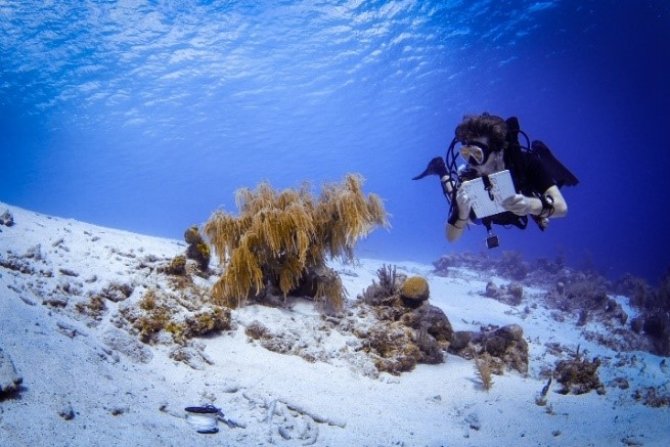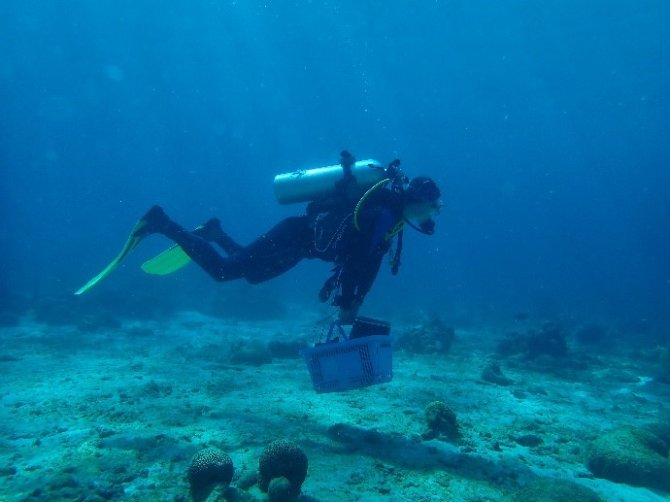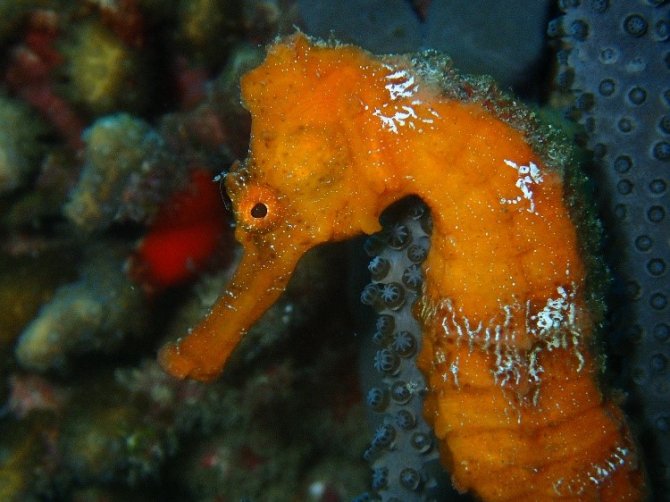
News
Update from the MAE students in Curacao
The team of MAE students led by Erik Wurz has now spent a few months on Curacao for fieldwork. Read an update on their work below by student Pauline.
The moment you arrive in the tropics the warmth has a hold of you and it feels like it is never letting go. Every opportunity you have you want to cool down in the sea or under one of the nice showers. The combination of the warmth and the jet lag makes sleeping a lot more difficult, which means that waking up around 7 am becomes almost natural. After two weeks you are starting to adapt to the warmth, you are able to sleep longer and do not feel the urge to cool down every minute of the day. Another two weeks pass by and then there is this moment that you realize you are actually feeling cold at night and you want to grab a sweater. In that moment you realize that after a month you are finally acclimatized to the weather on the island.
The fish counts have finally started, which took the most time to prepare for. With over 100 fish species in these waters, it takes some time to be able to recognize all of them. Especially when most fish also have a juvenile phase which can look completely different from the adult phase. Even when you think you know all fish species, sometimes you will encounter a new species that you have not seen before. Luckily, there is an amazing book about all the Caribbean fish species, also sometimes referred to as the fish bible.

After a month, the work has become a routine. With our very scientific carrying devices we swim out with the incubation chambers and oxygen loggers to start the measurements. After setting the chambers up we can either do a fish count or filming a quadrant for the 3D modelling to make our time underwater as efficient as possible. Around 4 hours later we get back in the water for another fish count or quadrant and pick the chambers up on our way back. Depending on the dives we made we can either do a third dive or take the rest of the afternoon to process and store the data correctly.

Now, after more than two months, time is starting to feel limited. We only have 2.5 weeks to go of data collection and we are closing in on our goals. Looking back on our time we had it has been an amazing journey. Although we mostly dive at the same locations for our data collection, every day and every dive is different. Sometimes when you’re finishing up work and swim back you come across the occasional frogfish or seahorse, but you need a good pair of eyes to spot them. Other days an eagle ray casually drops by, making it really special to be able to do our research on a beautiful island like Curacao. Thanks to the whole MAE team for making it possible for us to be here, even during these difficult times.
